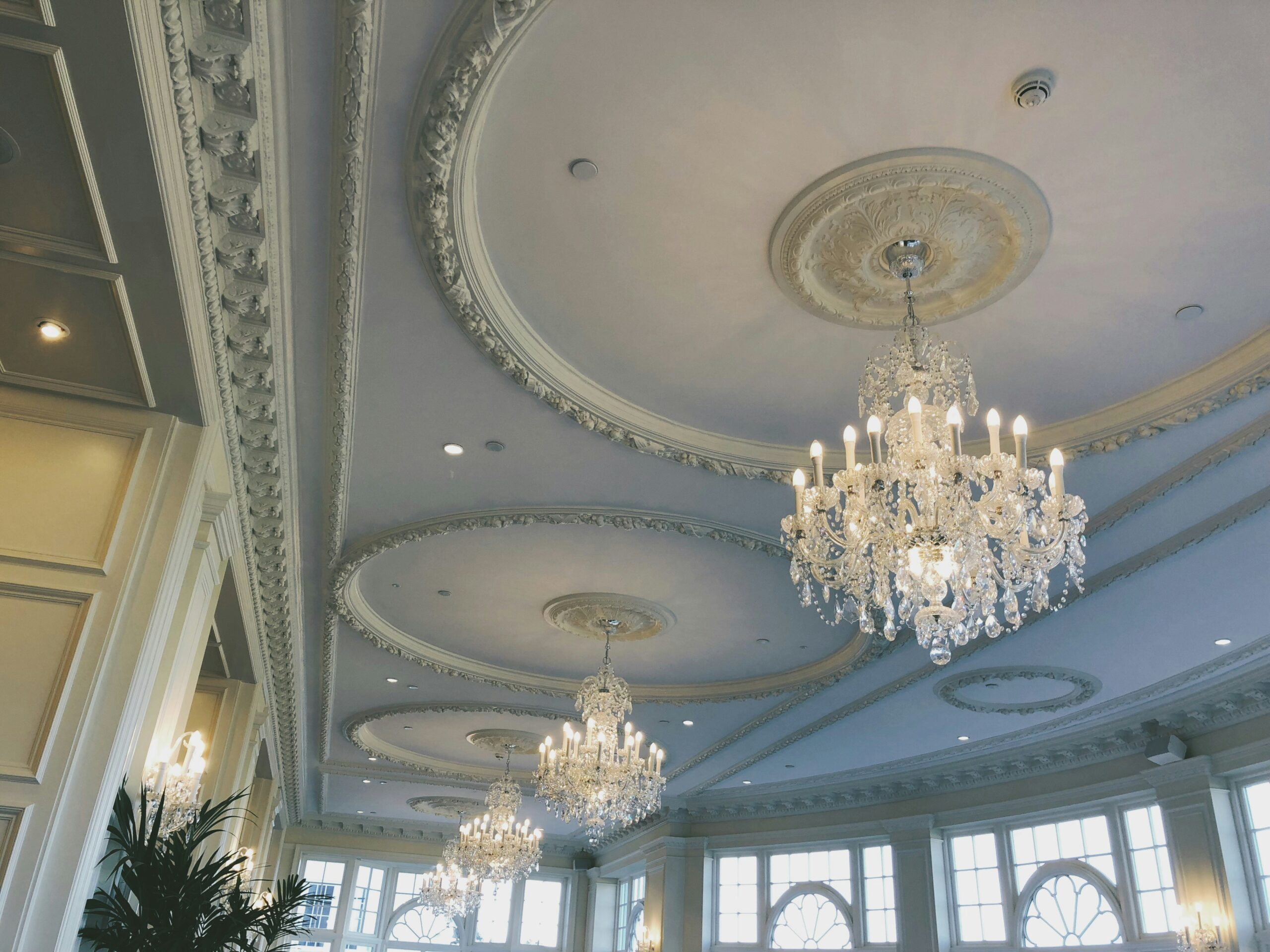A plaster ceiling is a decorative feature that adds elegance and charm to any interior. Traditionally found in period homes, these ornamental ceiling decorations enhance the look of rooms by providing a stunning focal point, often complementing chandeliers and pendant lights. But what exactly is a Plaster Ceiling Rose, and why should you consider adding one to your home? In this guide, we’ll explore its history, benefits, styles, and installation tips.
The History of Plaster Ceiling Roses
Ceiling roses date back to the 18th and 19th centuries when they were a staple in Georgian, Victorian, and Edwardian architecture. Originally made from hand-carved plaster or papier-mâché, they were designed to add grandeur to high ceilings and provide an aesthetically pleasing transition between the ceiling and the light fixture.
Their primary function was both decorative and practical, they concealed soot stains from gas and candle lighting while acting as a focal point in ornately designed rooms. Today, plaster ceiling roses remain a timeless feature, used to preserve the character of historic properties and enhance modern interiors.
Why Install a Plaster Ceiling Rose?
Adding a ceiling rose to your home offers several benefits:
Enhances Architectural Character
Whether your home is period-style or contemporary, a ceiling rose can introduce a touch of sophistication and craftsmanship. It pairs beautifully with decorative cornices and coving for a harmonious interior.
Complements Light Fixtures
Plaster ceiling roses are commonly installed around chandeliers, pendant lights, and ceiling fans. Their elegant design enhances the appearance of light fittings and creates a balanced look.
Covers Imperfections
A ceiling rose is an excellent way to hide imperfections, such as cracks or uneven finishes, where a light fixture is mounted.
Increases Property Value
A well-designed plaster ceiling rose adds charm and luxury to a space, making it more appealing to potential buyers should you decide to sell your home.
Types of Plaster Ceiling Roses
Plaster ceiling roses come in a variety of styles, from classic to contemporary. Here are some of the most common designs:
Georgian Style
Georgian ceiling roses are typically simple and symmetrical, featuring elegant patterns with minimal detailing. These work well in traditional homes with understated elegance.
Victorian Style
Victorian ceiling roses are more elaborate, featuring intricate floral and scrollwork designs. These are ideal for period properties that boast high ceilings and decorative plasterwork.
Edwardian Style
Edwardian ceiling roses often combine elements of both Georgian and Victorian styles, with symmetrical floral motifs and moderate detailing.
Contemporary Style
For modern homes, contemporary ceiling roses feature sleek and minimalist designs, with subtle textures that blend seamlessly into modern interiors.
How to Choose the Right Plaster Ceiling Rose
Consider Ceiling Height
Larger, more ornate ceiling roses suit high ceilings, while simpler, smaller designs work best in rooms with lower ceilings.
Match with Cornices and Mouldings
To create a cohesive look, choose a ceiling rose that complements your existing cornices and decorative mouldings.
Complement the Light Fixture
Ensure the design and size of your ceiling rose enhance your chosen chandelier or pendant light without overwhelming the space.
How to Install a Plaster Ceiling Rose
Installing a plaster ceiling rose is a straightforward process, but it requires some preparation:
Step 1: Gather Materials
You’ll need:
- A plaster ceiling rose
- Adhesive (such as plaster or construction adhesive)
- Screws or nails (for added security)
- A spirit level
- A pencil for marking placement
Step 2: Mark the Centre
Find and mark the center of your ceiling where the light fixture will be positioned.
Step 3: Apply Adhesive
Spread an appropriate adhesive on the back of the ceiling rose, ensuring full coverage.
Step 4: Fix the Ceiling Rose in Place
Press the ceiling rose firmly against the ceiling and use screws or nails to secure it while the adhesive dries.
Step 5: Fill Gaps and Paint
Once dry, fill any gaps with plaster filler and paint the ceiling rose to match the ceiling.
Final Thoughts
A plaster ceiling rose is a timeless design element that enhances the beauty and character of any home. Whether you’re restoring a period property or adding an elegant touch to a modern space, a well-chosen ceiling rose can make a striking impact. With a variety of styles and easy installation, this classic feature remains a popular choice for homeowners and interior designers alike.



































